The finished vehicle logistics (FVL) market in Europe is facing a triple shock: weakening export demand, under-utilised plants and a resurgence of protectionism on both sides of the Atlantic. But the sector’s leaders are not standing still. At the Association of European Vehicle Logistics (ECG)’s 2025 General Assembly and Spring Congress in Cascais, executives mapped a path that moves beyond crisis response toward strategic rewiring of trade relationships, assets and capabilities.

At the ECG General Assembly and Spring Congress held in Cascais, Portugal, on 22–23 May, vehicle logistics leaders gathered to address mounting industry challenges. Central themes across presentations and panel discussions included persistent production decline, evolving geopolitical trade risks, port disruptions and the adoption of digital tools to drive efficiency. The discussions revealed an industry recalibrating toward long-term transformation, with regionalisation, sustainability and data integration emerging as central pillars.
Production decline shifts the volume baseline
Justin Cox, director of global production at GlobalData, delivered a grounded outlook for the European automotive market. “We expect about 1.7% contraction in the market this year,” Cox noted, pointing to Spain as one of the few economies showing resilience amid broader headwinds.
While a moderate rebound is forecast in 2025, the recovery is unlikely to restore volumes to their pre-2017 peak. “Europe is producing 5 million fewer units compared to 2017/2018,” Cox reported – an enduring contraction that logistics service providers (LSPs) can no longer treat as cyclical and must now build into their long-term planning.
Signs of growth in the region are emerging in select areas, particularly battery electric vehicles. “In the first quarter of the year, sales were up by 30% compared to the same quarter last year. That’s a sharp rise, especially considering sales were up only 6% the previous year,” Cox noted. But he added a word of caution: “Don’t get carried away with this growth… Much of it is due to base effects and distortions that began in 2023. It’s still a weak number.”
For LSPs, this suggests a need to reassess fleet capacity, resource allocation and long-term investment models.
These concerns are echoed in ECG’s recent member survey, which found that 51% of companies are currently experiencing a drop in volume – a sharp increase from 5% two years ago. The survey also revealed rising uncertainty around future planning and a decline in investment appetite.
Redefining trade priorities amid geopolitical risk
As trade tensions deepen, companies are reconsidering how and where they operate. Professor Alexander Sandkamp of the Kiel Institute for the World Economy noted that over 60% of EU exports remain intra-European, exposing untapped potential. “There’s still a lot we can do. The single market is incomplete, especially in services,” he said. “One example is the physical transportation infrastructure in Europe, especially rail, which can be improved… along with recognition of professional qualifications from other countries.”
ECG president Wolfgang Göbel echoed the call to look outward. “We must not remain trapped in European thinking. Our industry’s challenges are global, and our responses must be just as global,” he said.
Reflecting that outward posture, ECG announced a strategic cooperation agreement with the China Automotive Logistics Association. The agreement supports knowledge exchange and process alignment between the European and Chinese vehicle logistics sectors.
Meanwhile, pressure is mounting from across the Atlantic. The US Trade Representative has confirmed that starting October 14, 2025, foreign-built vehicle carriers entering US ports will face a surcharge of $150 per car equivalent unit. The fee applies to vessel capacity and disproportionately affects non-US-built ro-ro ships – many of which are owned or constructed in China. For European exporters, this introduces a new variable in transatlantic logistics cost models.
Operational transparency and digitalisation in focus
Against this backdrop, ECG has advocated for digital tools to help its members optimise performance across emissions and cost structures. One of its key tools, the Green Cost Calculator, allows LSPs to calculate CO2 emissions and cost projections across different transport modes. The goal is to align environmental responsibility with financial planning, offering clearer investment visibility for fleets and infrastructure.
While hype often outpaces adoption in digitalisation, several pilot cases presented in Cascais underscored AI’s operational promise – particularly in yard digitisation and inspection.

“AI is enabling many efficiencies in today’s [automotive] processes, and development is going on rapidly,” said Anike Murrenhoff of Fraunhofer Institute for Material Flow and Logistics. “We still rely heavily on manual work – not just on the shop floor, but in control tasks at technical and strategic levels.”
Perceptive AI, she explained, bridges the physical and digital: “It can help get information from the physical world into the virtual world.”
Toyota Motor Europe is applying AI to vehicle inspection processes to improve speed and accuracy. But adoption is not without friction. “The main challenge is not the AI,” said Jean-Christophe Deville, head of vehicle logistics at the company. “The main challenge is our workforce and our ability to work in a more digital world.”
For those beginning their AI journey, Murrenhoff advised: “Start by thinking of a case that is currently a challenge in your system. Don’t start with a big AI project. Find something small you can solve using AI and then eventually build it up.”
Port and route resilience in the face of disruption
Red Sea disruptions, climate-related delays and cyber incidents have severely impacted port operations across Europe. In 2024, Port of Antwerp-Bruges recorded a reduction of approximately 334,000 vehicles – down 13.2% from the previous year – despite a 25.6% increase in imported vehicles from China, indicating shifting sourcing trends rather than uniform demand contraction.
Other ports are also adapting. Luka Koper in Slovenia has opened a new vehicle storage zone with space for 4,000 additional units and upgraded rail links to accommodate growing inland demand. The Port of Barcelona is preparing to tender a third ro-ro terminal to accommodate expected throughput growth, meanwhile, at Emden, Volkswagen and Deutsche Telekom are trialling a 5G-powered marshalling system to automate vehicle flow and address labour constraints.
Companies are likewise taking strategic steps to diversify risk. BLG Logistics announced the formation of a new subsidiary in Turkey, which will serve as a bridge to Eastern Europe and the Middle East.
See how Europe’s ports are repositioning for a new trade reality
Structural change, not temporary shock
The discourse at the ECG General Assembly made clear that today’s challenges are not short-term fluctuations. They reflect deeper transformations in trade policy, market demand and technological capability. As Göbel summarised in his closing remarks, the sector is “setting the course for digital transformation, CO2 transparency and enhanced global cooperation”.
For decision makers in FVL, this is not about waiting out volatility – it’s about redesigning the system for resilience, visibility and competitive reach in a new global order.



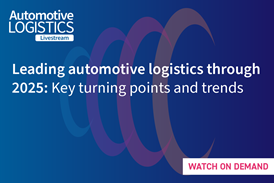




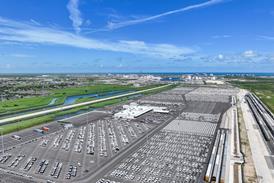


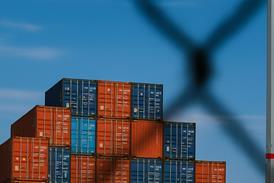
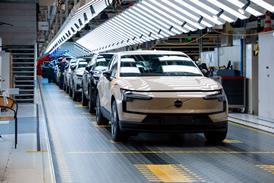


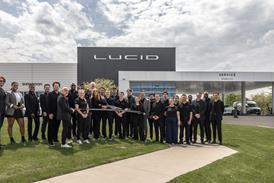
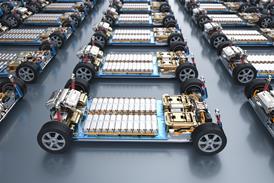


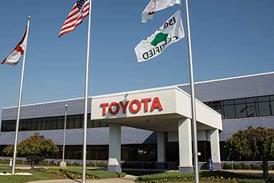

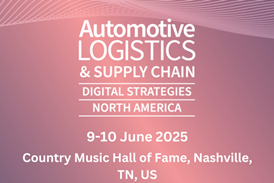
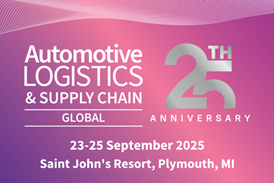
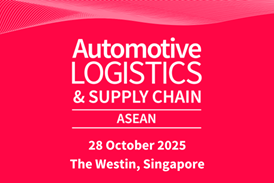
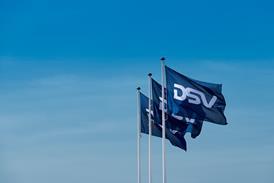







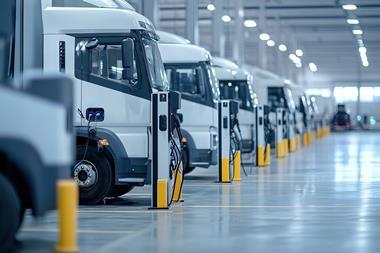

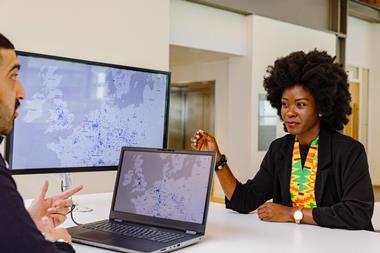


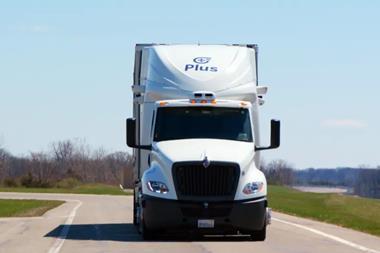



No comments yet